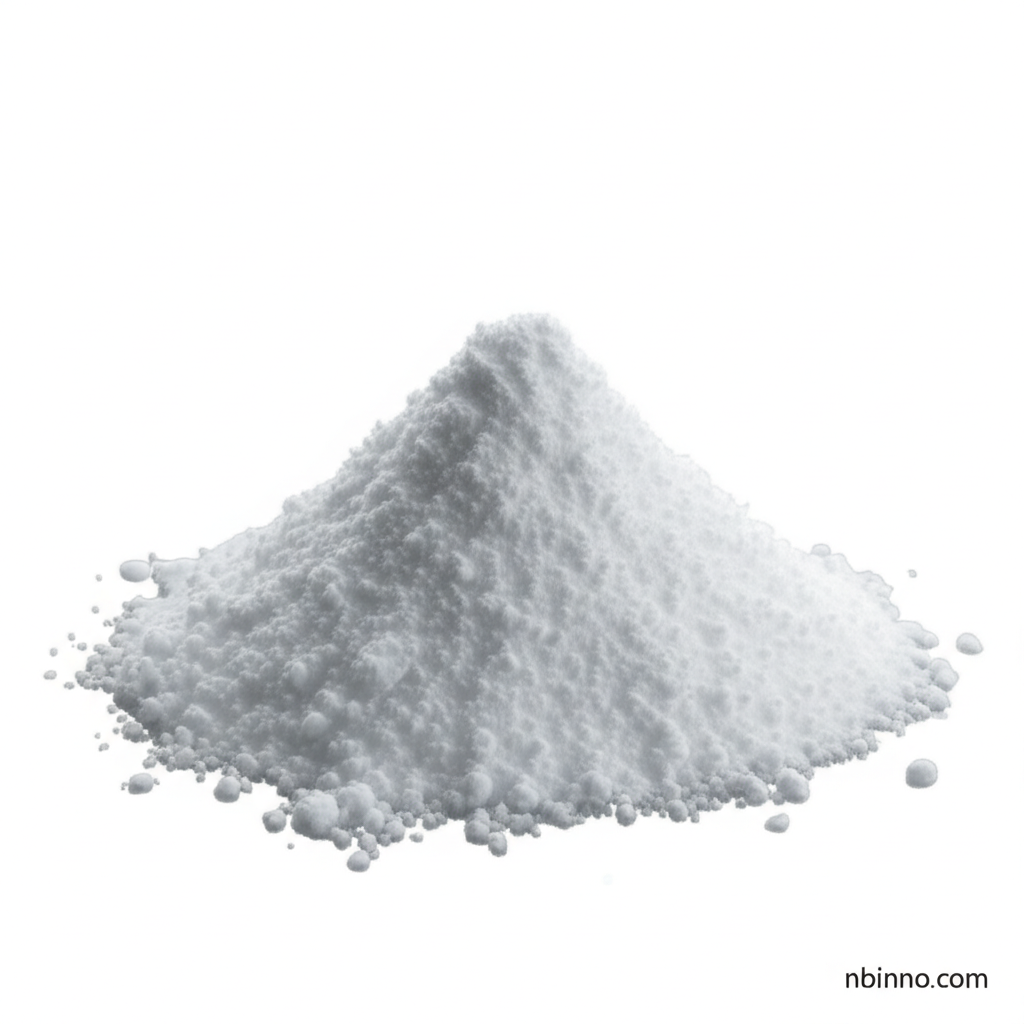Hydroxypropyl Methyl Cellulose (HPMC): A Versatile Chemical Auxiliary
Explore the extensive properties and applications of HPMC, a key ingredient across industries.
Get a Quote & SampleProduct Core Value

Hydroxypropyl Methyl Cellulose
Hydroxypropyl Methyl Cellulose (HPMC) is a highly versatile chemical compound derived from natural polymer materials, functioning as a crucial auxiliary agent across a wide spectrum of industries. Its primary roles include acting as a thickener, dispersant, stabilizer, emulsifier, and film-forming agent.
- Understanding the benefits of HPMC for glucose control: Research indicates that HPMC can positively impact metabolic health by improving glucose control and reducing insulin resistance, showcasing its potential beyond industrial applications.
- Explore the uses of HPMC in construction: In the construction sector, HPMC is indispensable for enhancing the properties of materials like tile adhesives, mortars, and plasters, improving workability and water retention.
- Discover HPMC as a pharmaceutical excipient: Within the pharmaceutical industry, HPMC serves as a vital excipient, utilized in various formulations including ophthalmic preparations for dry eyes and as a bulking agent.
- Learn about HPMC thickener properties: The rheological properties of HPMC make it an excellent thickener, essential for achieving desired viscosity and consistency in products ranging from detergents to industrial coatings.
Key Advantages of HPMC
Enhanced Material Performance
As a chemical auxiliary, HPMC significantly boosts the performance of construction materials by improving their plasticity, water retention, and adhesion, contributing to more efficient and durable building. Learn about HPMC thickener properties for your formulations.
Versatile Industrial Applications
The diverse functional roles of HPMC, from thickening detergents to acting as a film-former in paints, underscore its importance as a chemical auxiliary across various manufacturing processes. Explore the uses of HPMC in construction for enhanced material properties.
Health and Pharmaceutical Benefits
Beyond its industrial uses, HPMC is recognized for its health benefits, such as aiding in glucose control. Its application as a pharmaceutical excipient, particularly in eye care, highlights its safety and efficacy for human use.
Key Applications
Construction Industry
Essential in tile adhesives, mortars, plasters, and putties, HPMC improves water retention, adhesion, and workability, making it a staple for modern building materials. This leverages its core uses of HPMC in construction.
Pharmaceuticals
As a pharmaceutical excipient, HPMC is used in tablets, creams, gels, and particularly in ophthalmic preparations to relieve dry eyes, demonstrating its role in health and wellness.
Daily Chemicals
In detergents and cosmetics, HPMC acts as a thickener and stabilizer, enhancing product texture and performance. Understanding its chemical auxiliary role is key here.
Other Industries
Its utility extends to petrochemicals, papermaking, and more, showcasing its broad applicability as a versatile ingredient across multiple sectors.
